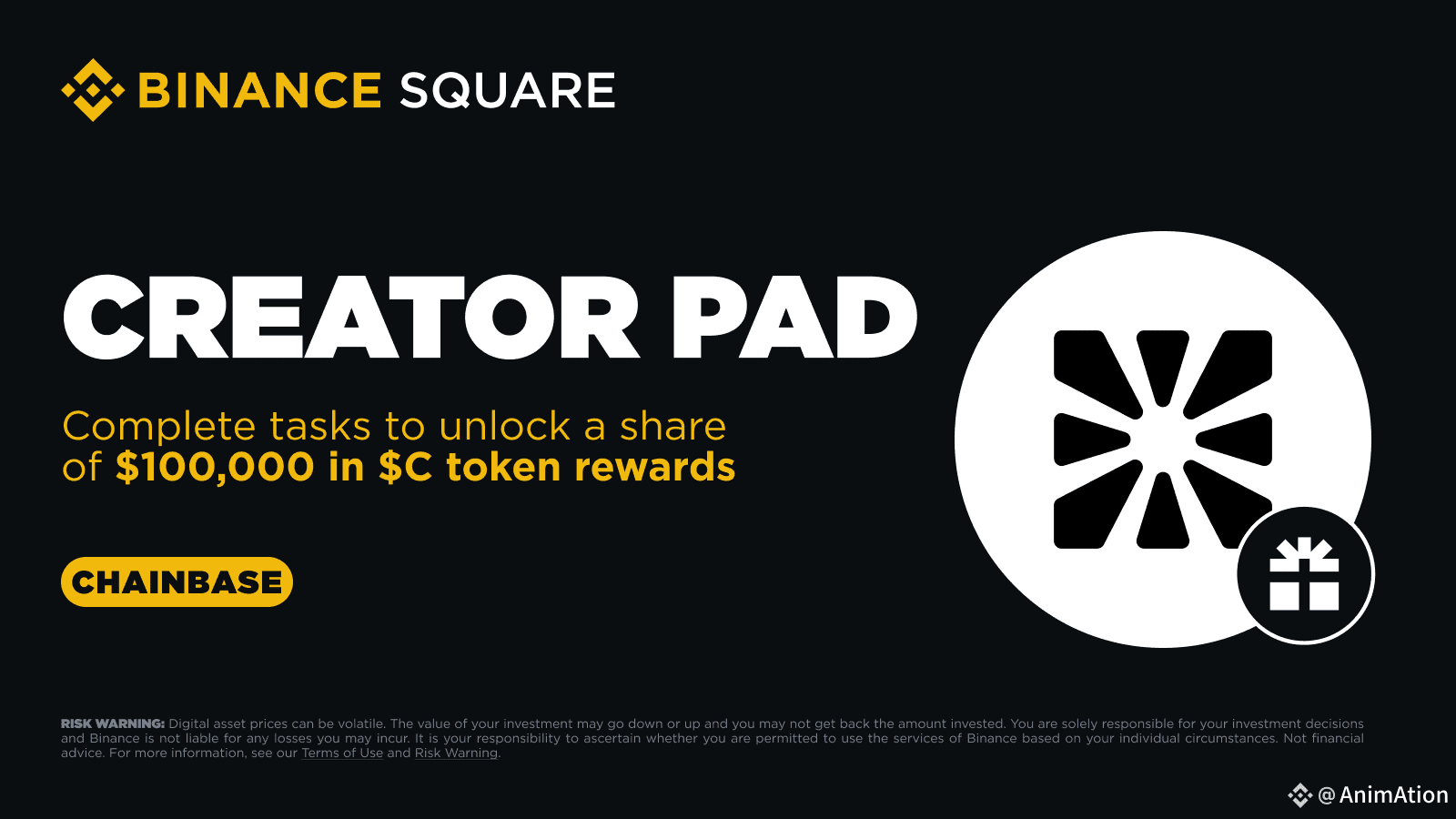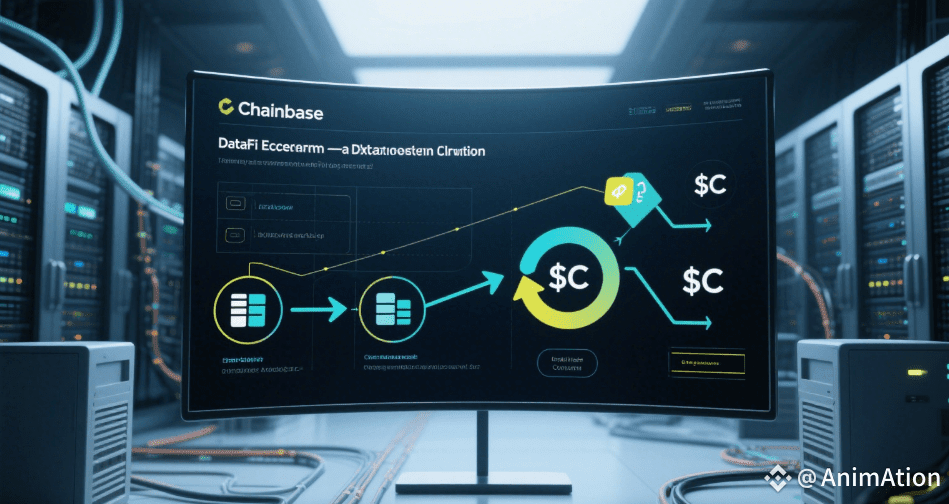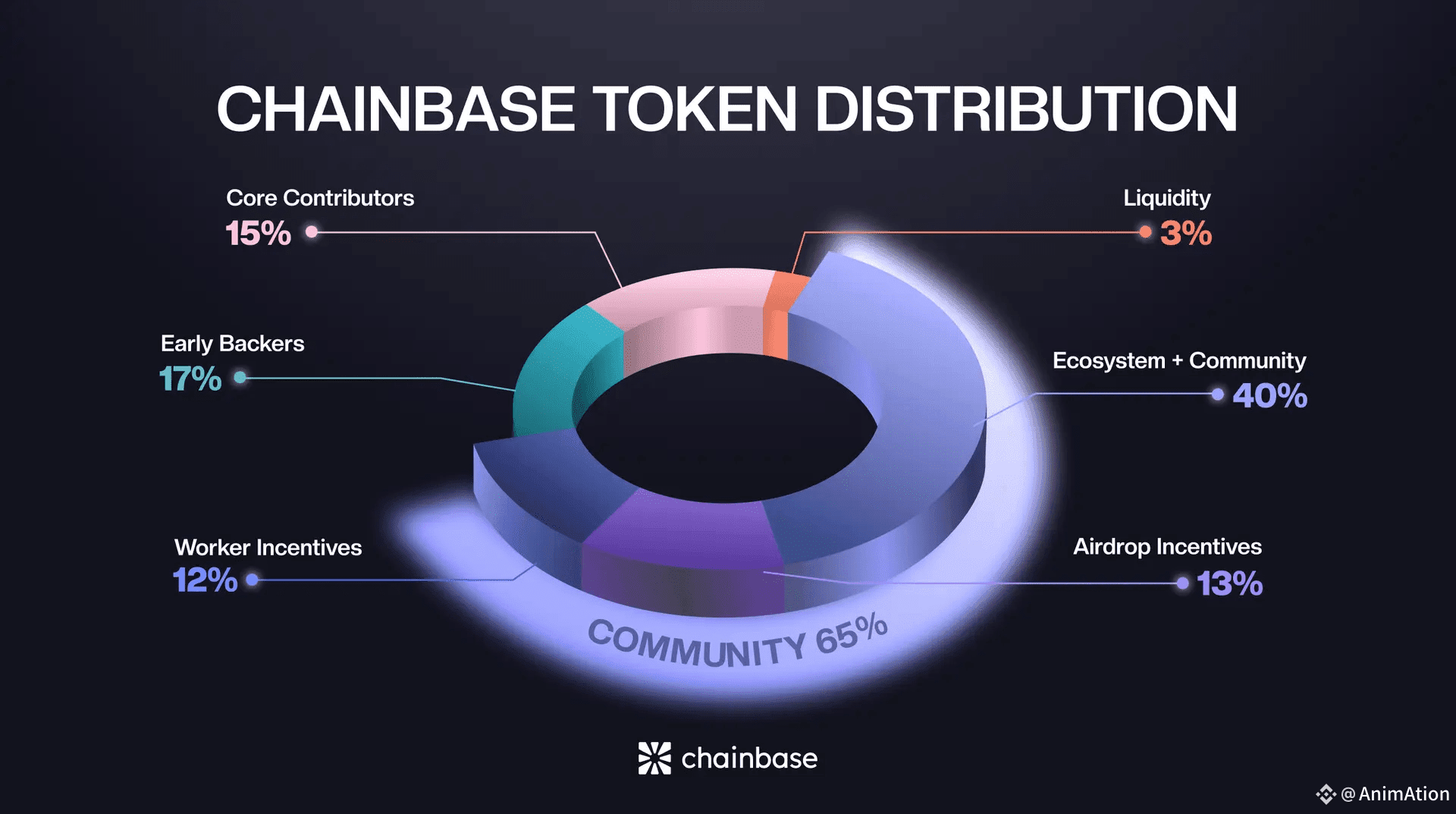In the evolving landscape of decentralized data and AI-driven applications, Chainbase emerges as a critical infrastructure layer, transforming raw blockchain data into structured, machine-readable assets. At the core of this ecosystem is $C, a utility token designed to facilitate seamless data exchange, incentivize participation, and ensure decentralized governance.

Chainbase’s DataFi model redefines data as a tradable commodity, enabling AI models, dApps, and analytics platforms to access high-quality on-chain insights. The platform’s native token plays a pivotal role in this economy—granting users access to datasets, rewarding node operators for maintaining network integrity, and allowing stakeholders to vote on protocol upgrades. By aligning incentives, $C fosters a self-sustaining ecosystem where contributors are fairly compensated for their work.
To prevent inflationary risks, Chainbase implements a carefully structured token distribution. The majority of the supply (65%) is allocated to long-term ecosystem growth, including developer grants, community rewards, and infrastructure support. A multi-chain deployment on Base and BNB Chain further enhances liquidity and accessibility while optimizing transaction costs.

With over 35,000 developers and billions of data queries processed, Chainbase has already demonstrated real-world adoption. The $C token is not merely a medium of exchange but a foundational element that powers a new paradigm—where data is both a resource and a financial instrument. As the demand for structured blockchain data grows, Chainbase’s tokenomics ensure scalability, security, and sustainable participation in the AI-powered economy.
Chainbase has allocated 65% of its total token supply to ecosystem growth, contributor rewards, and user incentives, reflecting its commitment to decentralized participation. The distribution prioritizes long-term alignment, with 40% dedicated to community development, 13% to phased airdrops, and 12% to node operators. Early supporters and core contributors share 32%, subject to a 3-year vesting period to ensure stability.

The unlock schedule is meticulously designed to avoid short-term speculation. Team and investor tokens have a 12-month cliff followed by 24-month linear release, while node operator rewards vest over 60 months. Ecosystem funds unlock linearly across 36 months, tying emissions to adoption milestones. This phased approach ensures supply expansion aligns with actual usage.
